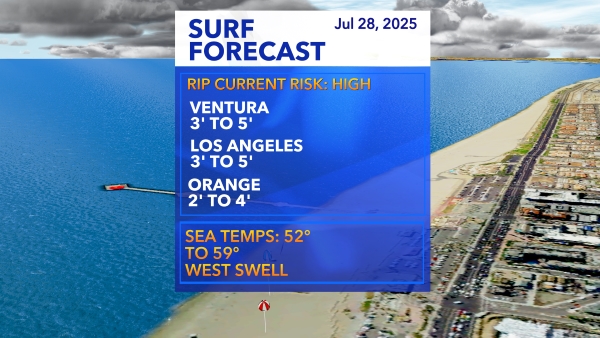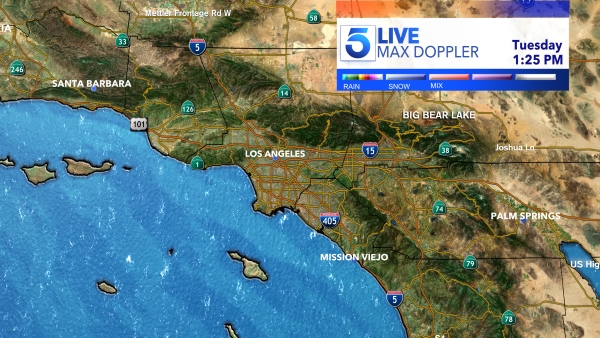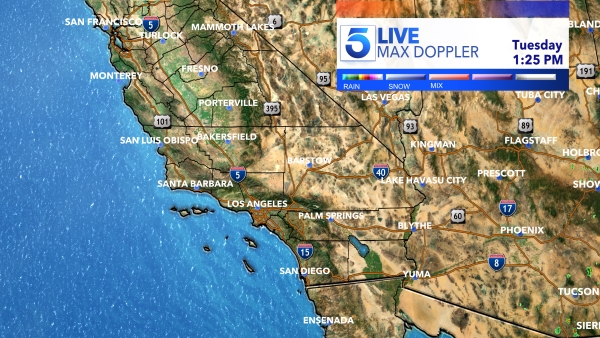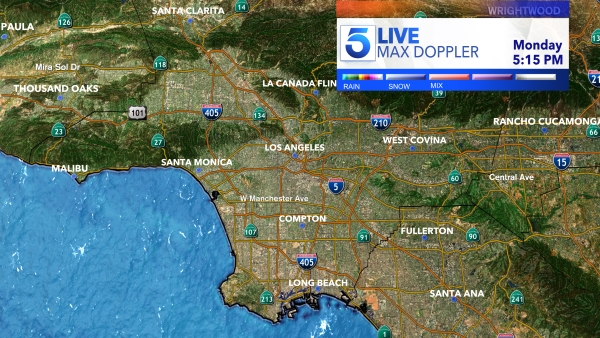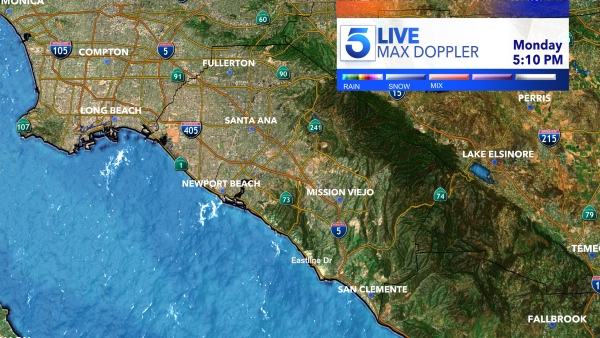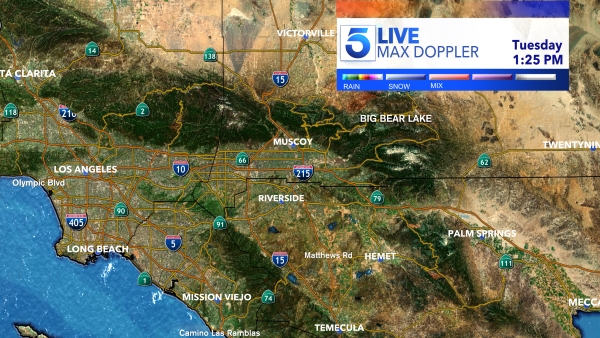Los Angeles Mayor Karen Bass says it’s all hands on deck as the city prepares for a major storm expected to hit the area this weekend.
“The city has been working urgently in anticipation of the storm that is expected to hit us Sunday, Monday, and possibly Tuesday,” Bass said. “We know that weather predictions can change quickly, but right now there are indications that the coming storm could be as strong as Tropical Storm Hilary was.”
Although dry weather is expected for most of the Southland on Friday into Saturday, a major storm is forecasted to hit the region late Saturday night and is forecasted to last possibly into Tuesday.
Bass asked residents to stay prepared by ensuring emergency supplies are on hand, medications in stock, and all essential devices are fully charged. As the storm is expected to hit over the weekend, locals should avoid unessential travel.
“We have confidence that Angelenos will come together and take common sense precautions, such as staying home and off the roads,” Bass said. “We’re fortunate that much of the storm will hit Sunday when many people are home anyway.”
This storm is expected to bring three to six inches of rain in Southern California’s coastal areas and valleys. The foothills and mountains could see up to 12 inches Saturday night into Tuesday.
The National Weather Service says Metro L.A. will see the most significant downpour from Sunday night into Monday. The impact of the storm is expected to be felt throughout much of the state.

The weather service has already issued flood watches for much of California, including the Southland, Central Coast, Central Valley, and San Francisco Bay Area.
Gov. Gavin Newsom announced he has mobilized more than 4,000 Caltrans workers, 550 mutual first aid responders, 19 swift water rescue teams, and more than 7 million sandbags across California to prepare for the atmospheric river.
Los Angeles Unified School District officials confirmed that they are preparing for the inclement weather, saying that schools are equipped with emergency preparedness plans.
The National Weather Service is providing updated weather information here.
When preparing for the storm, take the following actions:
- Secure your outdoor space – move furniture, umbrellas, and other lightweight items to indoor or secured areas so they do not fly away
- Gather emergency supplies that will allow you to shelter in place during the storm, including food, water, radios, medication, and pet supplies
- Prepare for power outages with batteries, flashlights, backup cell phone chargers and charging cables
- Sign up to receive text, email, and phone calls, and emergency alerts at notifyla.org
- Pick up sandbags from your local fire station. More information here.
- Prepare medical devices and cell phones for potential power outages by charging them completely and getting backup systems ready
- Check in on your neighbors to make sure they know about the storm conditions and are prepared
- Check storm drains where you live and in your neighborhood to make sure they are cleared of debris
During the storm, take the following actions:
- Avoid driving if at all possible. Dangerous road conditions are anticipated throughout the region. Do not attempt to drive through flooded roads
- Bring pets inside during the storm to keep them safe from falling debris
- Call 911 for life-threatening situations such as people trapped by flooding or damaged trees, and debris flows threatening buildings
- If you see flooding, fallen trees, or other significant damage that isn’t immediately life-threatening, report it via 311, which will be operating with extended hours during the storm. Call 3-1-1 or visit lacity.gov.
- Assume all downed power lines are electrified and dangerous. Report power issues to the Department of Water and Power by calling 1-800-342-5397
- Do not operate generators indoors or in garages. Generator operation tips can be found here.
- For more information on the latest storm updates and city response, click here.
